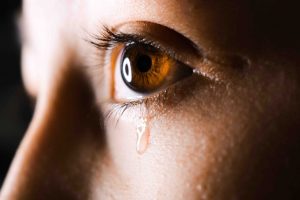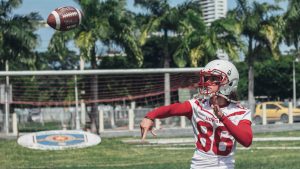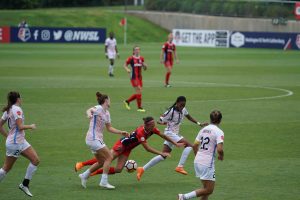 Whether you recently suffered a traumatic brain injury (TBI) in Poway or elsewhere in Southern California, you should learn about a recent study that identifies potential biomarkers for chronic traumatic encephalopathy (CTE). According to an article in MedPage Today discussing the study, researchers have determined that brain region volume may help us to better understand CTE and ways that repeated concussions can result in degenerative brain conditions. The new study specifically assessed boxers and MMA fighters who showed “distinct brain injury patterns.” We will tell you more about the recent study and what its implications could be for future CTE studies and brain injury claims.
Whether you recently suffered a traumatic brain injury (TBI) in Poway or elsewhere in Southern California, you should learn about a recent study that identifies potential biomarkers for chronic traumatic encephalopathy (CTE). According to an article in MedPage Today discussing the study, researchers have determined that brain region volume may help us to better understand CTE and ways that repeated concussions can result in degenerative brain conditions. The new study specifically assessed boxers and MMA fighters who showed “distinct brain injury patterns.” We will tell you more about the recent study and what its implications could be for future CTE studies and brain injury claims.
Tracking Brain Injury in Athletes and Other People with Repetitive Head Impacts
Many recent studies surrounding TBIs and other serious brain injuries differentiate between one-time head trauma and repeated head injuries, such as multiple concussions. The recent study specifically assessed repetitive head impacts, or RHI, among professional fighters. That study was conducted by a team of researchers led by Dr. Charles Bernick of the Cleveland Clinic. According to the article, Bernick’s research showed that “active professional fighters showed different patterns of brain volume loss than fighters who have retired from the ring,” and “these differences may lead to biomarkers to track changes in people with repetitive head impacts.”
 North County San Diego Injury Lawyers
North County San Diego Injury Lawyers














